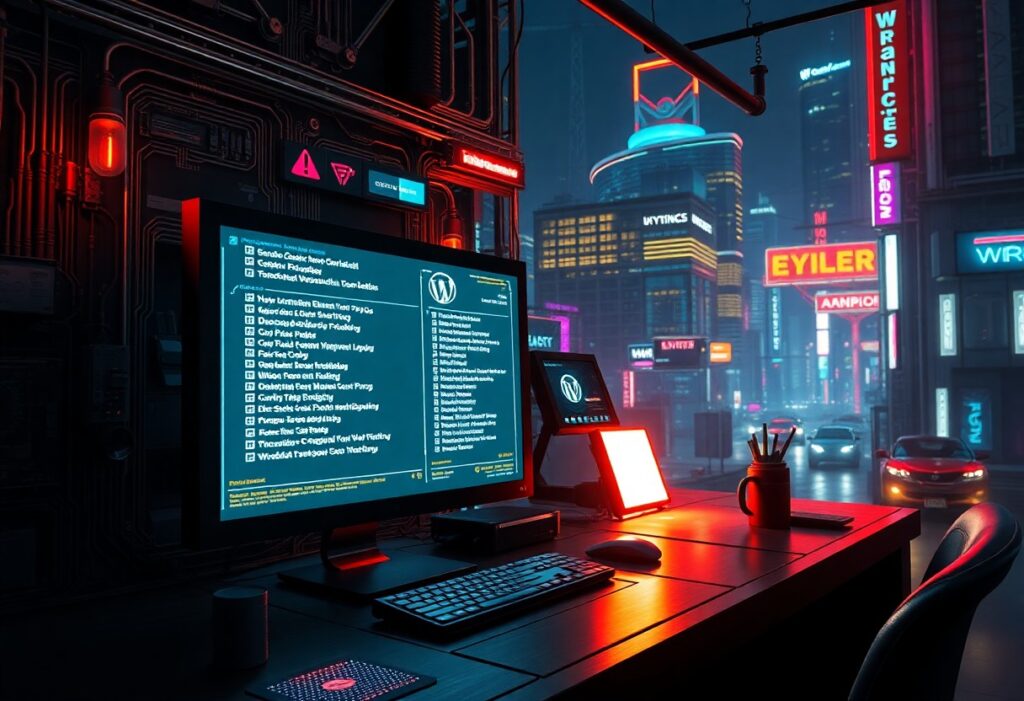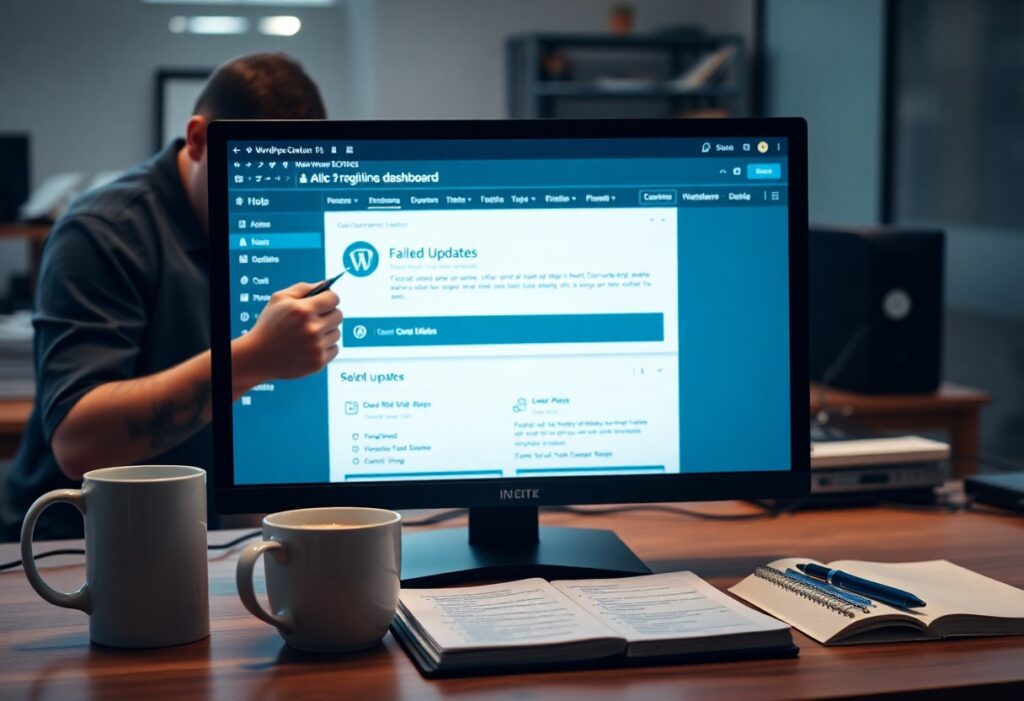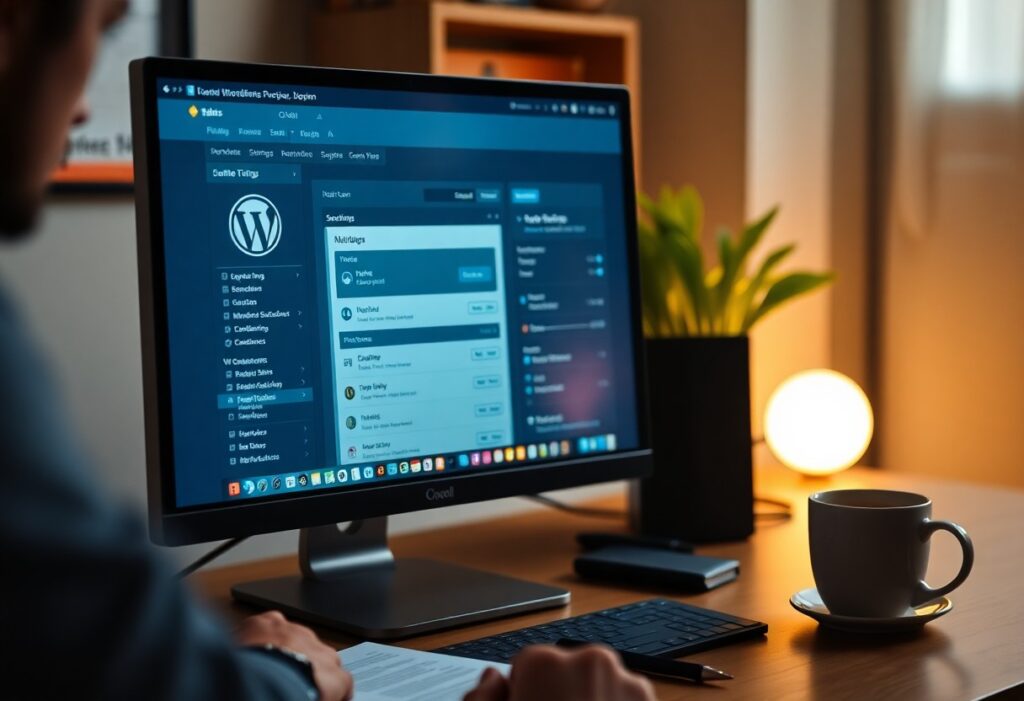WordPress powers a significant portion of the web, but this popularity does not come without certain challenges. As a website owner, you may encounter various critical errors that can disrupt your site’s performance and user experience. To help you navigate through these potential pitfalls, here is an ultimate checklist for fixing common WordPress errors. Follow these steps to identify and resolve issues effectively.
1. Check Plugin Conflicts: Start by deactivating all your plugins. If the error disappears, reactivate them one by one to pinpoint which one is causing the problem. If a specific plugin is the culprit, you may need to update it, find an alternative, or contact the developer for support.
2. Switch to a Default Theme: Occasionally, your active theme may be incompatible with the latest WordPress updates. Temporarily switch to a default theme like Twenty Twenty-Three. If this resolves the issue, you may want to switch back and try to update your theme or contact the theme developer for assistance.
3. Increase PHP Memory Limit: Sometimes your website can run out of memory, leading to errors. You can increase the PHP memory limit by adding a line of code in your wp-config.php file: `define(‘WP_MEMORY_LIMIT’, ‘256M’);`. Make sure to adjust the limit based on your hosting requirements.
4. Check for a Corrupt .htaccess File: A corrupted .htaccess file can lead to a variety of website issues. To check this, rename your .htaccess file to something like .htaccess_old, and visit your website. If it works, navigate to Settings > Permalinks in your dashboard and click Save Changes to regenerate your .htaccess file automatically.
5. Enable Debugging Mode: Enabling debugging can point you in the right direction for identifying errors. In your wp-config.php file, add `define(‘WP_DEBUG’, true);`. You will then see error messages on the front end, helping you understand what is going wrong.
6. Review Error Logs: Your web hosting account typically provides access to error logs. Check these logs frequently for any issues relating to your website. Logs can provide precise information on what’s causing an error, enabling you to troubleshoot more effectively.
7. Update Everything: Outdated core files, themes, and plugins can create conflicts. Ensure that you regularly check for updates and apply them. Before you do this, back up your site to prevent data loss during the update process.
8. Reinstall WordPress Core Files: If all else fails, consider reinstalling WordPress core files. You can do this directly from the dashboard under the Updates tab. This process replaces any corrupted files that might be causing issues without affecting your content.
9. Contact Your Hosting Provider: If you cannot determine the problem, your hosting provider may have insights or tools to assist with troubleshooting. They can provide you with more extensive server logs and the technical expertise to identify server-related issues.
Following this checklist effectively addresses common WordPress errors you may encounter. By taking proactive measures and utilizing these troubleshooting steps, you can minimize downtime and keep your website running smoothly.




